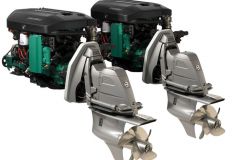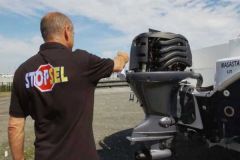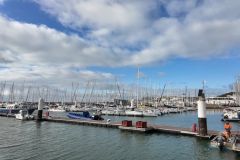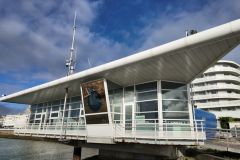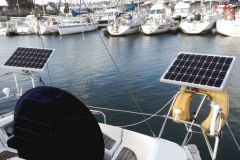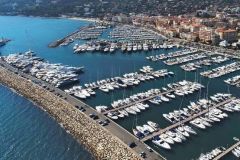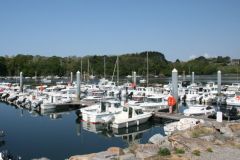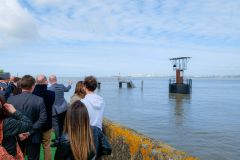Volvo Penta launches automatic docking
On the occasion of the Swedish stopover in Gothenburg for the Volvo Ocean Race, the engine manufacturer Volvo Penta presented for the first time its new automatic docking technology called Self-docking. Without touching the helm, the crew of a 68-foot motor yacht docked between two yachts in the famous round the world race.
An integrated solution
Equipped with Volvo Penta engines and IPS rotary bases, the boat is controlled using the electronic control unit (EVC) developed by the brand. Once within range of the sensors located on the dock, the system indicates to the skipper that he is ready to begin the docking manoeuvre. The captain then activates the Self-docking function. The boat, guided by GPS and sensors, comes to align itself and position itself in its berth in an autonomous way. If necessary, the process can be interrupted and the boat maintained in a stationary position.
An evolution of Easy-Boating to attract more boaters
The Self-docking solution is based on all the technologies developed by Volvo Penta in recent years. It is part of the Easy-Boating strategy that began with the introduction of joystick control in 2006 and has continued with the arrival of the dynamic positioning system that keeps the boat in position despite the wind and currents. "We've long had the ambition to make docking easier," says Johan Inden, technology manager at Volvo Penta. "With our easy-docking concept, we aim to attract more people to the joy of the sailing experience."
Towards a network of accessible ports
Retrofittable on boats already equipped with Volvo Penta IPS bases, Self-docking technology should be available from 2020. Initially owned by yachtsmen, the sensors placed on the quay can be set up by marinas and marinas, creating a network of access ports.

 /
/ 


